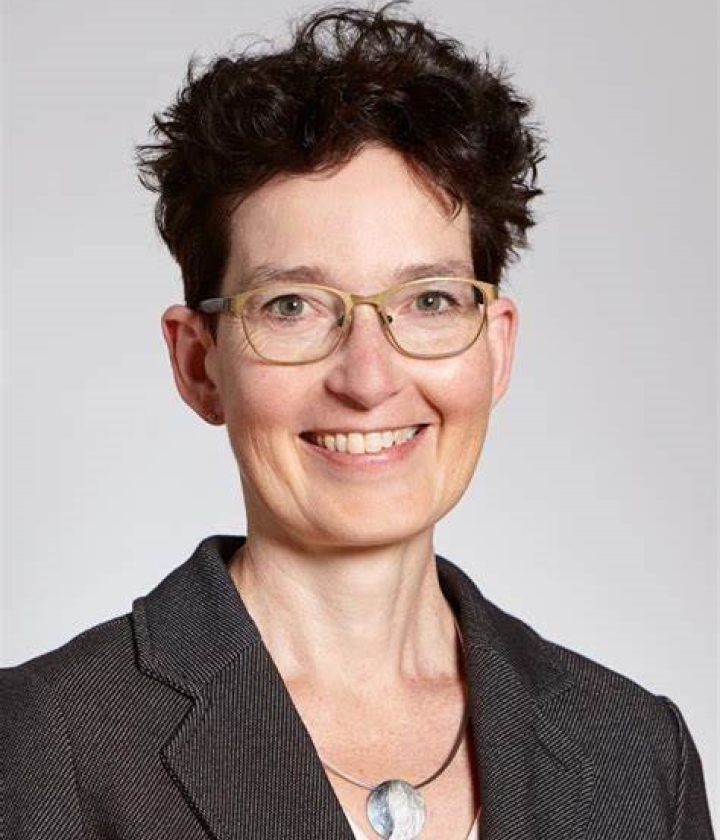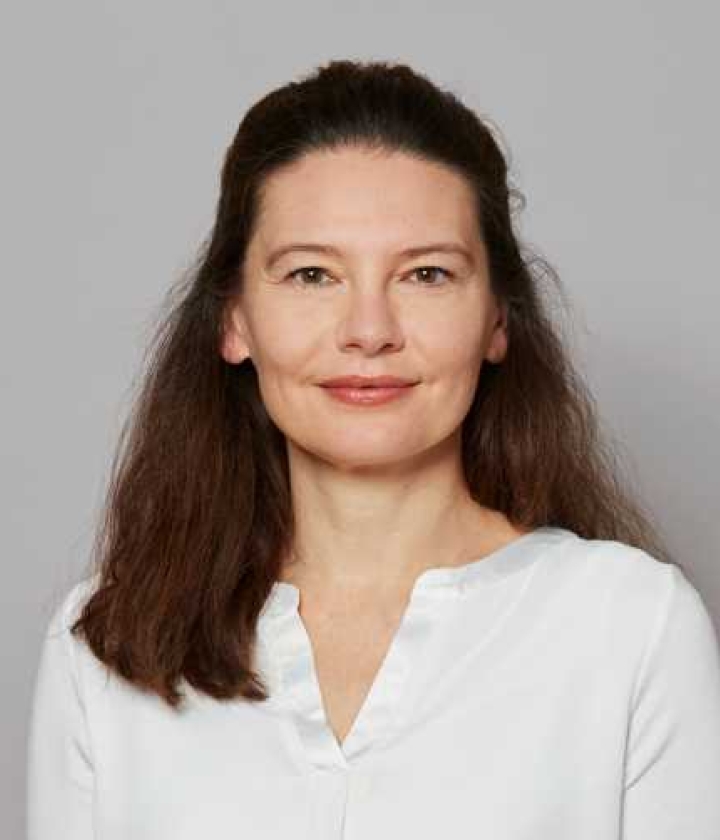
Top Talent Doesn’t Just Walk In: Five Success Factors in Recruiting International Research Talent
From identifying global research hubs to targeted outreach and structured hiring timelines, success lies in proactive engagement, visibility, and strong integration support—for researchers and their families alike. This article by our expert Madeleine Lüthy together with her colleague Sara van Leeuwen from ETH Zurich explores how universities can move beyond passive hiring and embrace international recruitment strategically.
By Madeleine Lüthy and Sara van Leeuwen
In today’s globally connected academic environment, mobility has become an essential component of early-career development. For many researchers, the path to a tenured position involves successive appointments at different institutions—often across national borders—where they gain diverse experience, establish academic independence, and develop a distinctive research profile. While this trajectory can foster intellectual breadth and international collaboration, it also entails significant personal and professional challenges. International candidates, in particular, must often navigate complex relocation processes, adapt to new cultural and linguistic contexts, and manage practical considerations that may extend to partners and families.
To remain competitive in the global academic market, European universities must move beyond a passive reliance on traditional vacancy postings. Attracting international talent requires a deliberate and strategic approach to recruitment—one that reflects the dynamics of the international job market and actively addresses the needs of scholars considering a move abroad.
1. Understanding the Global Landscape
Effective recruitment begins with insight. Universities must develop a nuanced understanding of the academic ecosystem in each field where they plan to hire. This includes identifying global centers of excellence—institutions known for cutting-edge research and thought leadership. Such knowledge serves two purposes: first, it helps institutions benchmark their own environment and offerings; second, it reveals where the most promising candidates are being trained and employed. The latter allows the institutions to adopt a proactive approach which is key in attracting international talents.
Maintaining visibility within these hubs is crucial. Attending major field-specific conferences, networking with key researchers, and building collaborations with leading departments increase institutional recognition. These efforts ensure that when a position is advertised, the institution is already familiar to those best qualified to apply.
2. Targeting Potential Candidates
Awareness of the field’s top talent should translate into active engagement. Institutions should anticipate when potential candidates will be on the job market and approach them accordingly. Proactive outreach—whether through personal contact, informal expressions of interest, or tailored messaging—can widen the pool of applicants and increase diversity.
Crafting job advertisements with international applicants in mind is a critical step. Posts must be written in clear English, using inclusive language that outlines not only the responsibilities and qualifications required, but also the broader context: research infrastructure, teaching expectations, and opportunities for professional development. Importantly, candidates need reassurance that they will be supported in navigating the practical challenges of relocation, including dual-career arrangements, family integration, and access to local services.
3. Structuring the Recruitment Process
Recruitment processes must reflect institutional readiness to engage internationally. Advertising positions in well-regarded international journals and platforms ensures visibility, but it must be complemented by a clear and transparent timeline aligned with global academic cycles. For instance, many North American institutions operate a hiring calendar that begins with advertising in early autumn, followed by interviews in spring and offers issued by May. Synchronizing with such timelines significantly increases the likelihood of securing top candidates, particularly those who are actively comparing international opportunities. A misaligned process, on the other hand, risks missing the right window—either because candidates are not yet ready to move or have already accepted offers elsewhere.
Synchronisation requires forward planning. Universities must be able to coordinate across faculties, streamline internal procedures, and commit adequate resources to manage multiple concurrent searches. A well-defined timeline might include advertising in September or October, reviewing applications in January, conducting interviews in March, and finalizing offers by May. This provides candidates with the clarity they need to make informed decisions in a competitive market.
4. Making the Offer Competitive
An attractive research package is essential but not sufficient. International recruits often weigh offers not only on academic merit but also on the broader quality of life and integration prospects for themselves and their families. Institutions that offer reliable and personalized support for dual careers, housing, schooling, and cultural integration stand out. This requires institutional infrastructure. Dual-career services must go beyond generic advice to include tailored support for partners seeking employment. Onboarding processes should be robust and extend well beyond the first weeks, with long-term guidance available for navigating administrative systems, local regulations, and professional networks.
Moreover, universities should communicate their commitment to international staff clearly and consistently. From the first contact, applicants should feel that they are being welcomed into a supportive, intellectually stimulating, and inclusive environment.
5. Building Long-Term Impact
International recruitment is not only about filling vacancies. It is a strategic investment in the intellectual capital of the institution and the broader academic community. Researchers who move across borders bring fresh perspectives, foster international collaborations, and enrich the educational experience for students.
To fully benefit from this potential, universities must view international hiring as a holistic process. It involves more than matching a CV to a job description—it is about creating the conditions under which talented researchers choose to join, contribute, and stay. The return on this investment is measured not only in publications or rankings but in the global relevance, dynamism, and resilience of the academic institution itself.
In conclusion, attracting international academic talent requires European universities to take a proactive, informed, and well-structured approach to recruitment. By aligning with global cycles, offering genuine support for integration, and building visibility within key academic networks, institutions can position themselves as attractive destinations for scholars worldwide. The challenge is real—but so is the opportunity.

Madeleine Lüthy
Madeleine Lüthy is Head of Consulting for Professors at ETH Zürich. The responsibilities of the unit span the whole lifecycle of a professor at ETH, including attraction (dual career and integration as part of the negotiations), onboarding, structured and mandatory leadership support, sabbaticals, outside activities, long-term sick leave, and retirement of professors.

Sara van Leeuwen
Sara van Leeuwen works at ETH Zurich's Office of Personnel Development and Leadership. She is a trained psychologist with a Ph.D. in neuroscience. Drawing from her background in academic research and business consulting, she focuses on personal and cultural transformation.